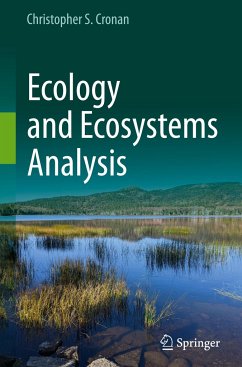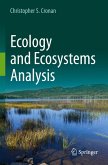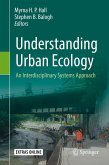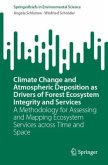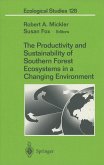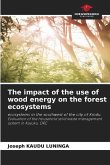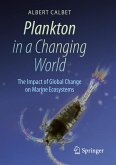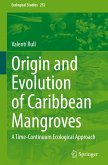The goal of this book is to convey the rich perspectives, principles, and enchantment of ecology to a broad audience of students and lifelong learners. The book is based on the belief that the science of ecology is best understood by examining familiar ecosystems from the natural world and weaving fresh insights and ecological concepts into an ecosystems framework to reveal the patterns, processes, and interactions that are the foundation of sustainable living systems in our biosphere. In the spirit of that teaching philosophy, the core of this book focuses on specific ecosystems that are familiar to most of us (e.g., forests, wetlands, streams, lakes, and the like).
Taken as a whole, the chapters of this text are intended to provide a conceptual framework and an intellectual pathway for understanding and interpreting the ecology of the biosphere using elements of population, community, ecosystem, and landscape ecology. Equipped with this toolkit of ecological literacy, readers and students will hopefully be better prepared to make personal, business, and civic or governmental decisions that are consistent with a healthy and sustainable Earth.
Taken as a whole, the chapters of this text are intended to provide a conceptual framework and an intellectual pathway for understanding and interpreting the ecology of the biosphere using elements of population, community, ecosystem, and landscape ecology. Equipped with this toolkit of ecological literacy, readers and students will hopefully be better prepared to make personal, business, and civic or governmental decisions that are consistent with a healthy and sustainable Earth.

